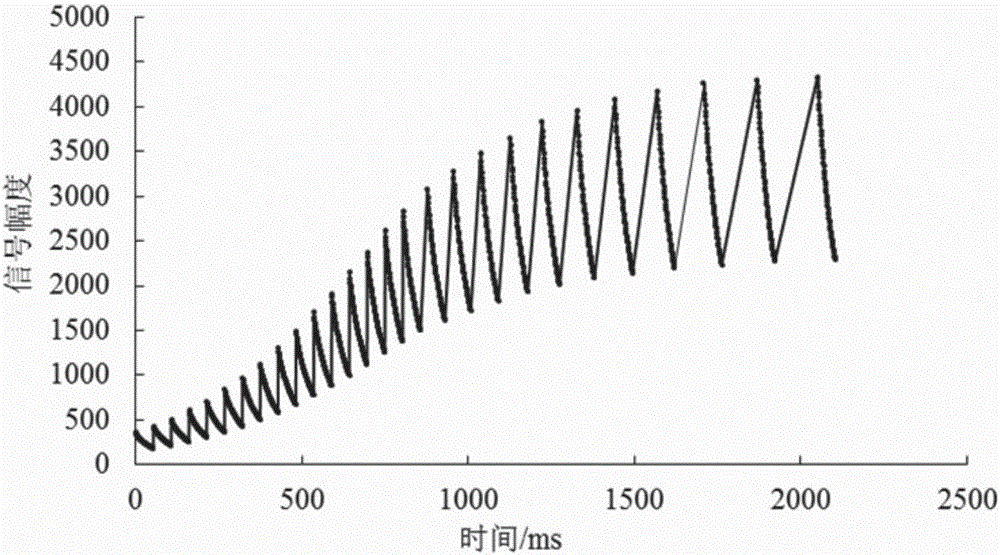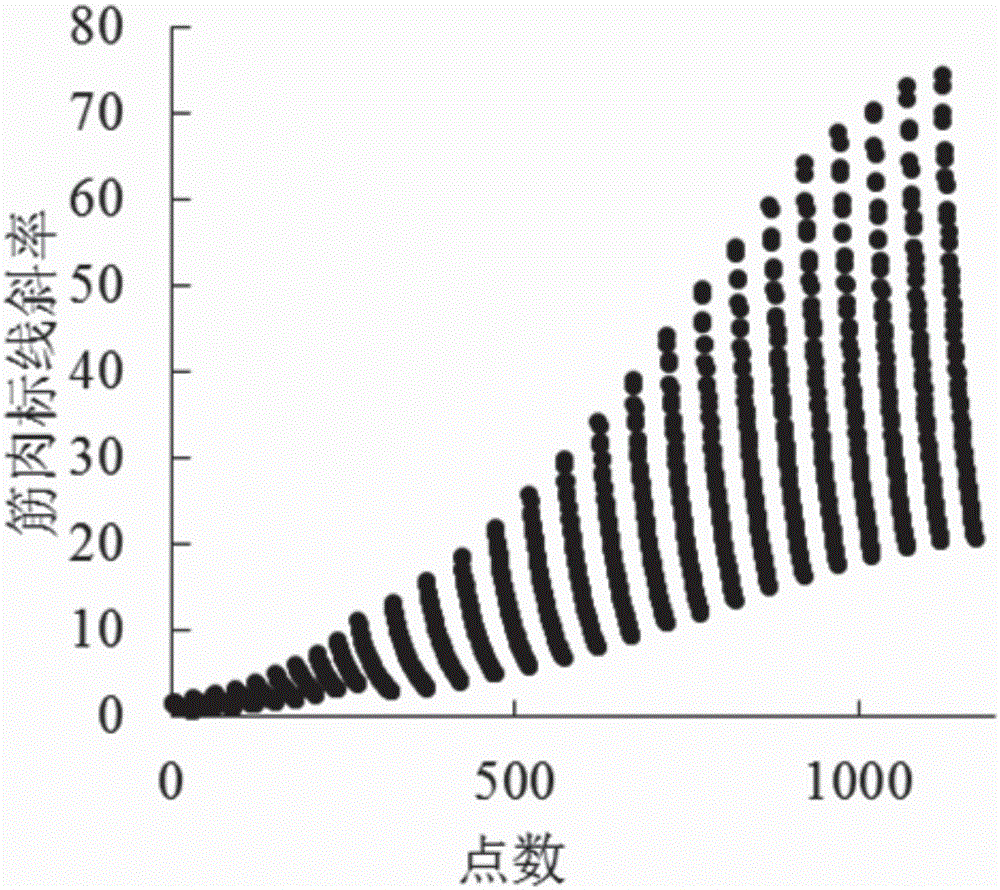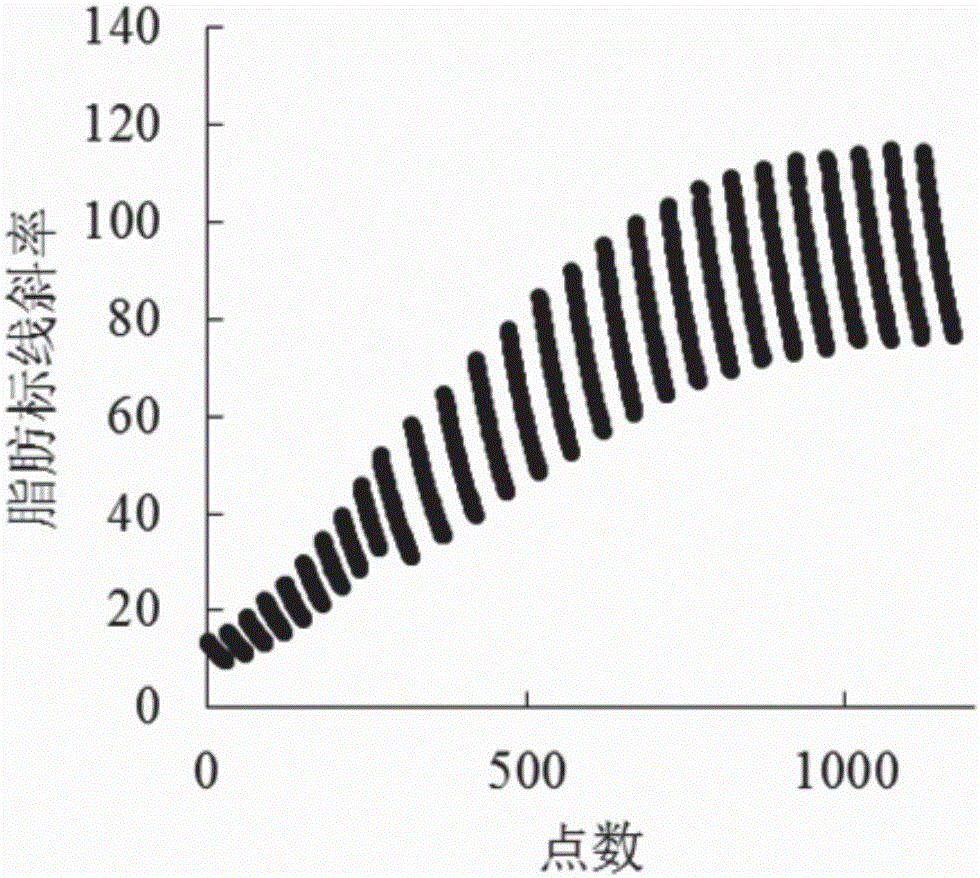Method for determining mouse body components based on low field nuclear magnetic resonance
A low-field nuclear magnetic resonance and nuclear magnetic resonance technology, which is applied in the direction of nuclear magnetic resonance analysis, can solve the problems of death, inaccurate numerical values, and long time consumption, and achieve the effects of high test accuracy, short analysis time, and simple operation
- Summary
- Abstract
- Description
- Claims
- Application Information
AI Technical Summary
Problems solved by technology
Method used
Image
Examples
Embodiment 1
[0032] The mice used in the examples have a body weight of 10-50 g.
[0033] A method for measuring mouse body composition based on low-field nuclear magnetic resonance, comprising the following steps:
[0034] (1) Making standard samples:
[0035] Fresh chicken breast meat was used to simulate the muscles and viscera of the mice, rapeseed oil was used to simulate the fat of the mice, and physiological saline was used to simulate the free water in the body fluids of the mice. Fresh chicken breast meat is slaughtered within 3 days and kept fresh; rapeseed oil is a sample whose longitudinal relaxation time (T1) and transverse relaxation time (T2) are close to those of mouse fat, and The error with the relaxation time of mouse fat is less than 10%. In this example, the selected rapeseed oil T2=110.68±10ms, T1=481.12±10ms.
[0036] Select different qualities to make multiple standard samples, and the components of each standard sample are shown in Table 1;
[0037] Table 1 Comp...
PUM
 Login to View More
Login to View More Abstract
Description
Claims
Application Information
 Login to View More
Login to View More - R&D
- Intellectual Property
- Life Sciences
- Materials
- Tech Scout
- Unparalleled Data Quality
- Higher Quality Content
- 60% Fewer Hallucinations
Browse by: Latest US Patents, China's latest patents, Technical Efficacy Thesaurus, Application Domain, Technology Topic, Popular Technical Reports.
© 2025 PatSnap. All rights reserved.Legal|Privacy policy|Modern Slavery Act Transparency Statement|Sitemap|About US| Contact US: help@patsnap.com



